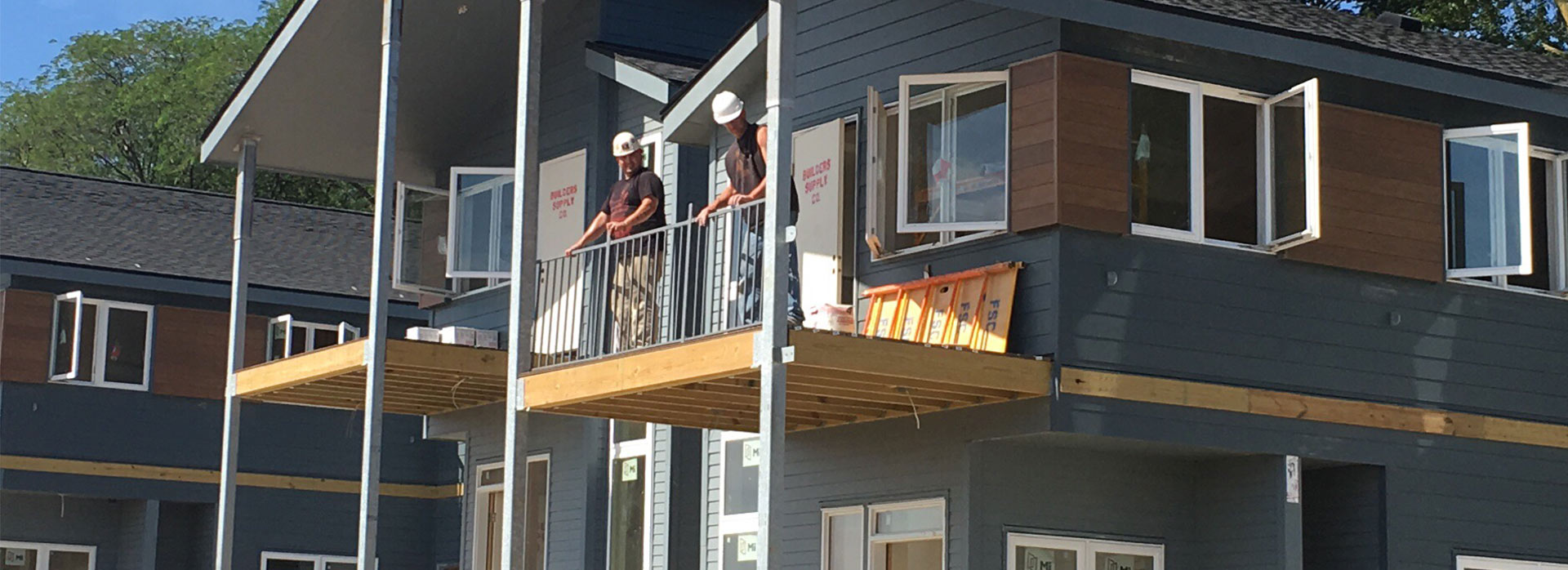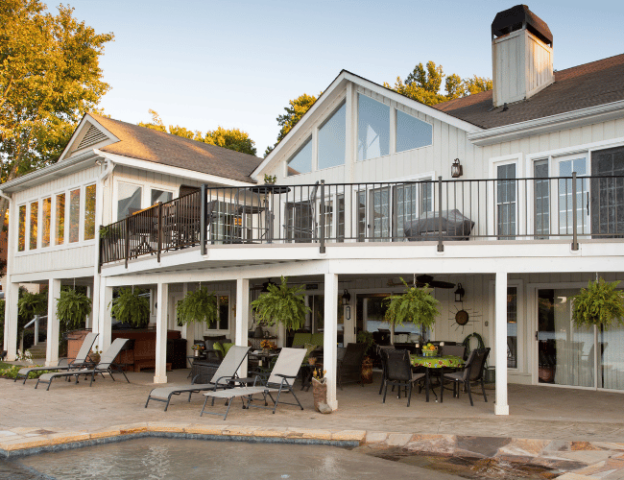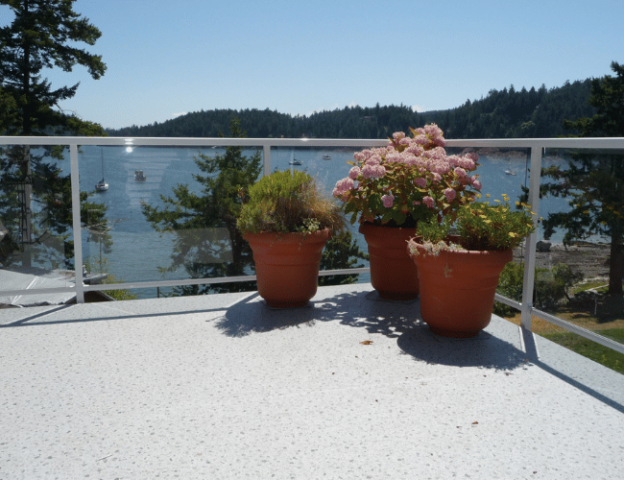USA: 1-800-338-3568 | CANADA: 1-866-591-5594

Installation Considerations
A primary deck railing installation consideration is your local building code requirements. While some building codes are governed by state or province, there are municipal building codes that may dictate the type of mounting or railing type that you use.
Railing Mounting Types
The type of railing mounting you will use is an important railing installation consideration. Durarail railing systems can be installed with either a fascia mount, a surface mount or a surface mount on a raised base plate.
Your local building codes may dictate which option you choose. The type of deck surface you have is also a consideration in how you choose to have your railings mounted.
With vinyl membrane deck surfaces, we recommend a fascia mount. While it is possible to surface mount your railings on a vinyl deck, use of a raised base plate is recommended to avoid points of waterproofing vulnerability to check during your annual deck inspection.
Type of Picket Railing System
Durarail picket railings are available in either Welded Picket or Component Picket.
Welded Picket systems come in pre-welded sections that can reduce the installation time on the job site, and therefore are typically preferred.
Component Picket systems need to be pieced together and welded on the job site. This may be preferred if exact measurements are not available at the time of ordering or if there are anomalies a contractor is working around on the job site.

Picket Railing Design Considerations
Durarail picket railings come in a variety of standard picket and post styles. We offer 3 sizes of posts, and pickets are available in square, slat or basket styles. There are also 6 standard panel styles to chose from to satisfy very simple tastes or the desire for a little more design element in the railing system. If you have a very specific look in mind, custom picket railing from Durarail may be the solution for you.
Type of Glass Railing
Glass railing systems a great railing alternative and are a great option to allow lots of light, lots of view, but also can provide a little protection from the wind. There are three options of glass railing systems to chose from: Standard / Component Glass, Topless Glass, or a Custom Glass Railing system.

Glass Railing Installation Considerations
The average standard glass system is a much more affordable option than the luxurious topless glass systems. If you really love that clear, unobstructed view of topless glass, it is likely worth the extra cost. For decks that have amazing views, topless glass is often considered a worthwhile expense.
However, topless glass railings do tend to have widely varied building code regulations. In some cities, topless glass is only permitted for use if it is capped. If you are not prepared for that minimal obstruction, you may opt for a standard glass system at a lower cost. Be informed before you begin and ask your contractor about your local building code requirements.
Before placing your aluminum railing order, ask the following questions:
- Does local building code require fascia mounted system?
- Does your type of deck surface dictate surface or fascia mounted systems?
- Is engineering required?
- Is there a slope on the deck, and if so, what is it? (this determines the height of the posts and backing for the posts)
- What type of backing for securing the posts is required?
- What is the elevation of the deck and will you require a safety harness for installation?
- What type of deck fasteners are required by the local building code?
- If you’ve chosen a topless glass system, does local building code require a top rail or top cap?
- What type of glass would you use in a glass railing system?
- Do you need to consider access via stairs and/or a gate?
